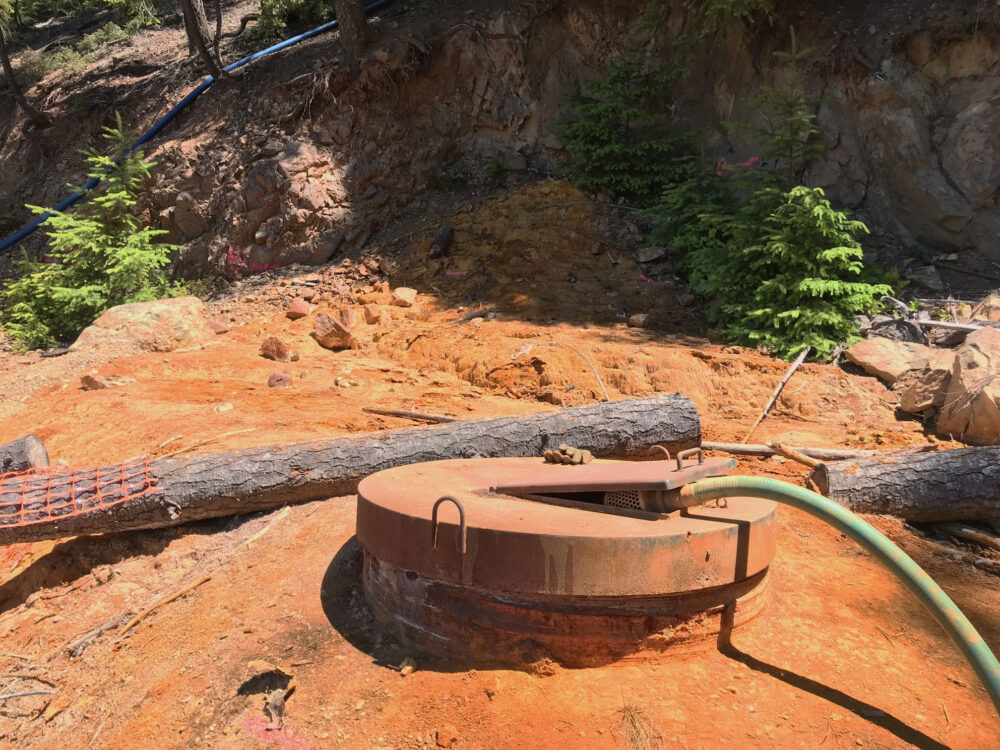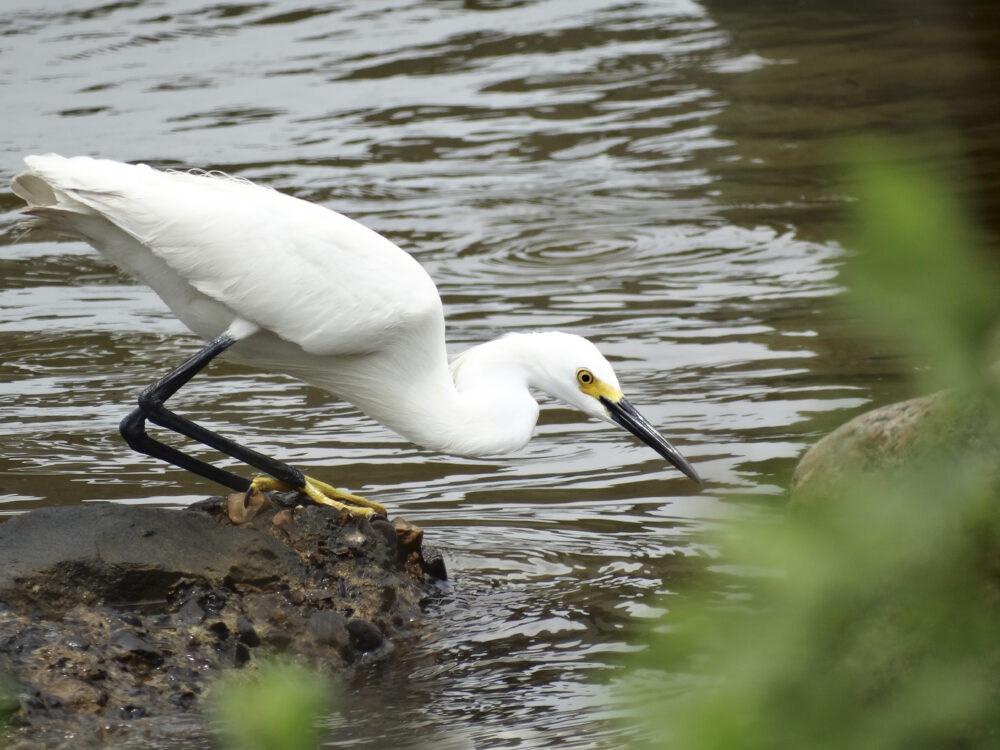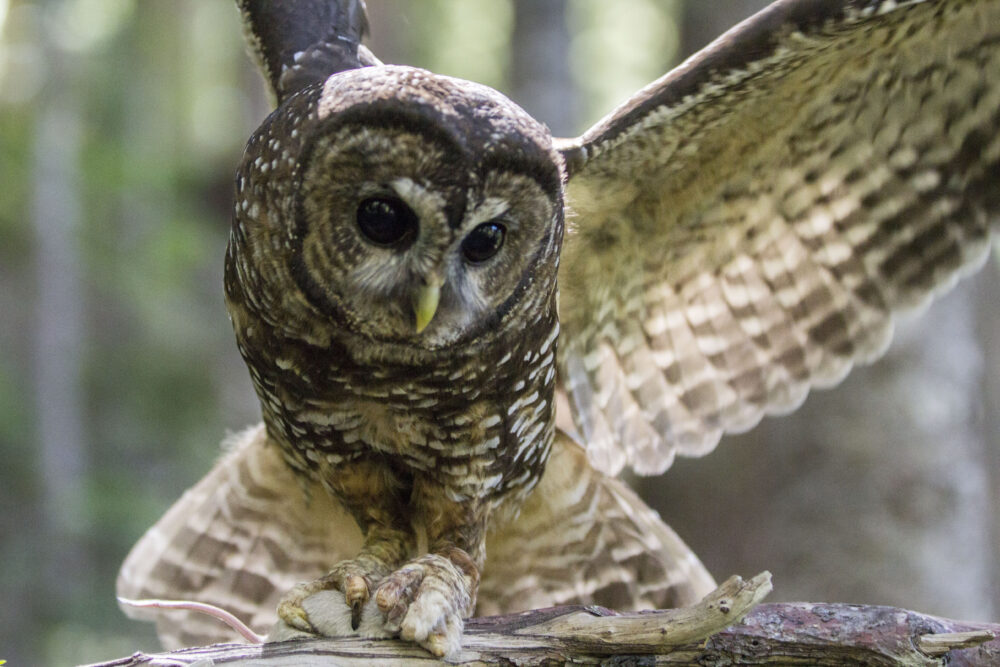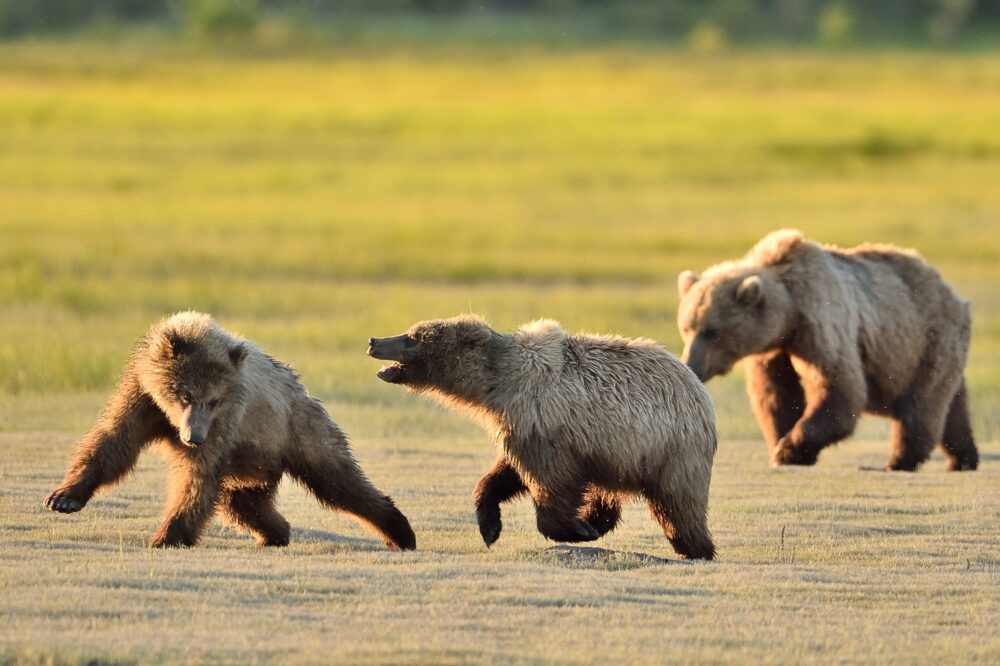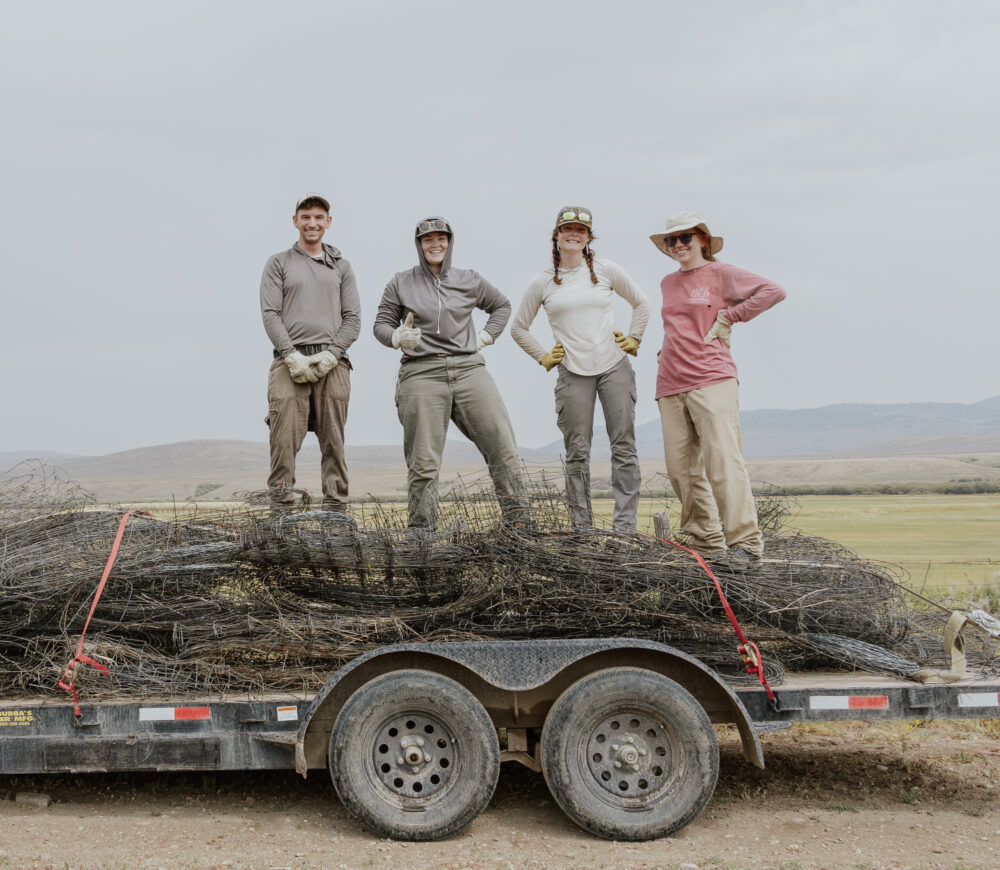We have much more to do and your continued support is needed now more than ever.
Deadly Wildfires Permanently Changing Arizona’s Desert Forest Wildlife Habitats?
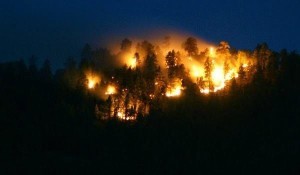
It’s unclear exactly what happened in the firefighters’ final moments. But with temperatures well above 100 degrees, low humidity and winds gusting to 24 miles an hour, authorities say neither planned escape routes nor emergency shelters could save the elite “hotshot” firefighters from disaster:
“One of the last fail safe methods that a firefighter can do under those conditions is literally to dig as much as they can down and cover themselves with a protective — kinda looks like a foil type — fire-resistant material — with the desire, the hope at least, is that the fire will burn over the top of them and they can survive it,” [Prescott Fire Chief Dan] Fraijo said.
“Under certain conditions there’s usually only sometimes a 50 percent chance that they survive,” he said. “It’s an extreme measure that’s taken under the absolute worst conditions.” […]
The National Fire Protection Association website lists the last wildland fire to kill more firefighters as the 1933 Griffith Park fire of Los Angeles, which killed 29. The biggest loss of firefighters in U.S. history was 343, killed in the 9/11 terrorist attack in New York.
The fire has already destroyed 50 homes and threatens 250 others. Our hearts go out to all of the victims and their families as we try to understand this terrible tragedy.
Climate Connection
As Dr. Amanda Staudt, National Wildlife Federation climate scientist, has reported, global warming is fueling more intense wildfires. These wildfires are covered in climate change’s fingerprints:
- Intense heat. Death Valley just tied the record for hottest June temperature ever recorded in the United States, and before the week is out it’s expected to challenge the global record for highest temperature ever.
- Extreme drought. Almost the entire southwestern United States is under severe, extreme or exceptional drought conditions.
- Climate invaders. Climate change has left southwestern trees more susceptible to pine bark beetles. The weakened forests become prime targets for wildfires.
President Obama unveiled a plan last week to cut climate pollution and help speed adaptation to the changes we’re already seeing. But for some areas, it may already be too late.
Habitats Forever Changed?
According to a new report from researchers at Oregon State University, the combination of intense fire and changing climate means some areas may never fully recover:
On a global scale, the effects of climate change manifest gradually—oceans rise by millimeters a year, carbon concentrations edge upward in increments of parts per million. But sometimes, when conditions in a certain area reach and breach a climatic “tipping point,” the effects can be abrupt, and transformations can occur rapidly.
If a region has warmed—and dried—above a certain level, fire can act as such a tipping point. Because of overgrowth and drought, many of the fires seen today are larger and more intense than those observed a decade or two ago. Sometimes, rather than simply clearing canopies, underbrush and the older, less healthy trees, these fires wipe out entire sections of forest.
After trees have been cleared, other, more drought-adapted species are able to outcompete new ponderosa seeds and saplings.
Extremely intense wildfires can also cause long-term damage. “Very hot, long-burning fires damage soils by burning organic matter, breaking down soil structure, and reducing water retention,” writes Dr. Doug Inkley, National Wildlife Federation Senior Scientist.

Wildlife in Peril
The area is home to Tonto National Forest, America’s 5th-largest national forest where dozens of endangered, threatened and sensitive species live, including Bald Eagles, Mexican Gray Wolves and Desert Bighorn Sheep. Some large birds and animals can outrun a fire, while small mammals and reptiles often try to burrow down to escape the flames.
But this wildfire spun into a monster so fast that even some of America’s best firefighters couldn’t escape it. Even if birds and animals can escape the flames, they face long-term threats to their habitat and food sources, which can take decades to recover.
Water Worries
Even when these fires are extinguished, they can leave a long-term threat to the clean water that people, fish and wildlife depend on. Especially when the soil itself is charred in particularly intense fires, erosion is a constant concern. After New Mexico’s Las Conchas Fire in 2011, intense rainstorms led to major flooding and heavy erosion. Sediment and ash were washed downstream into the Rio Grande, affecting drinking water for Albuquerque, the largest city in New Mexico.
![]() Tell President Obama you support his plan to protect our communities and wildlife from the worst impacts of climate change.
Tell President Obama you support his plan to protect our communities and wildlife from the worst impacts of climate change.




